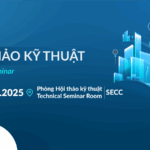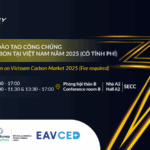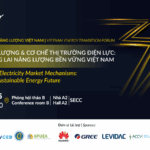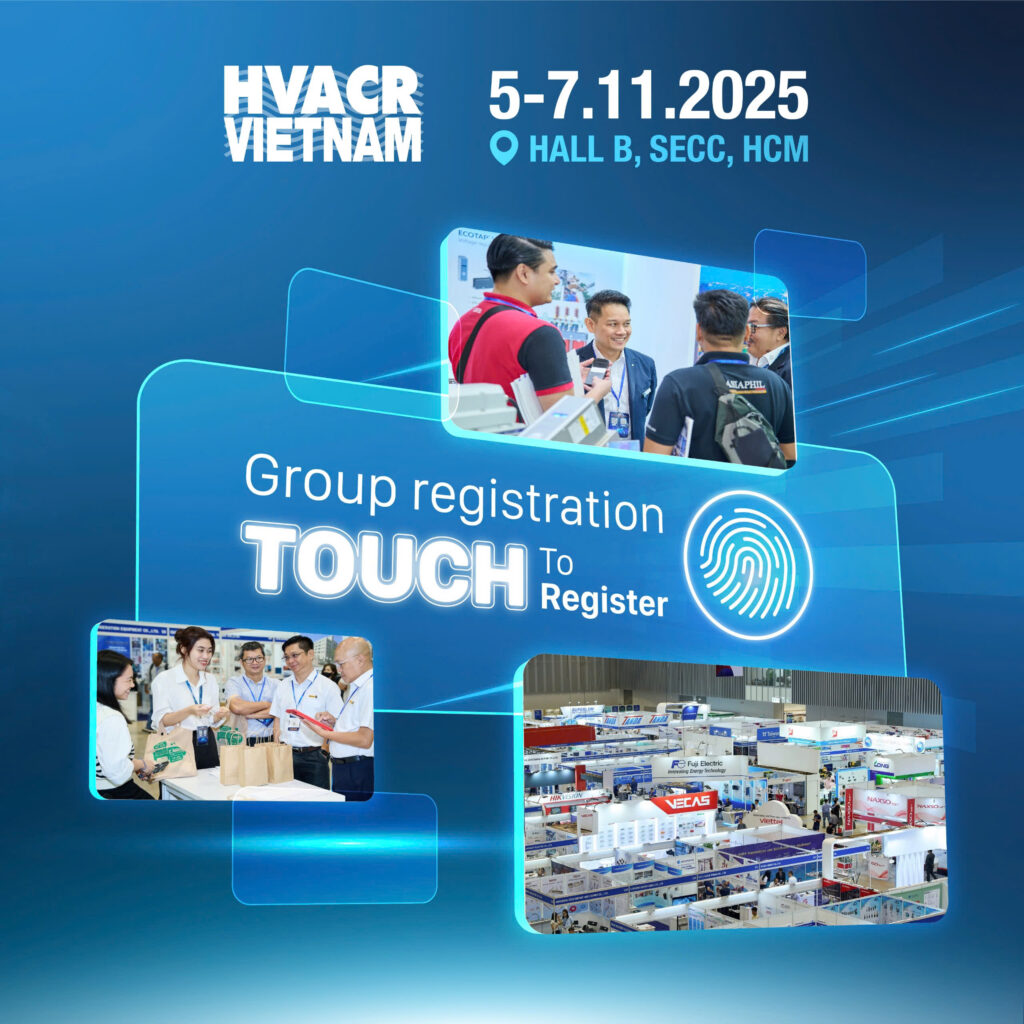As part of the “Share Your Voice” campaign under HVACR 2025, we had the opportunity to hear valuable perspectives from Mr. Peter Lundberg – Executive Director of the Asia Pacific Urban Energy Association (APUEA). With more than 20 years of experience in the energy sector across Sweden, Europe, and Asia, Mr. Lundberg shared profound insights into the opportunities and challenges in advancing clean and sustainable energy in the region.
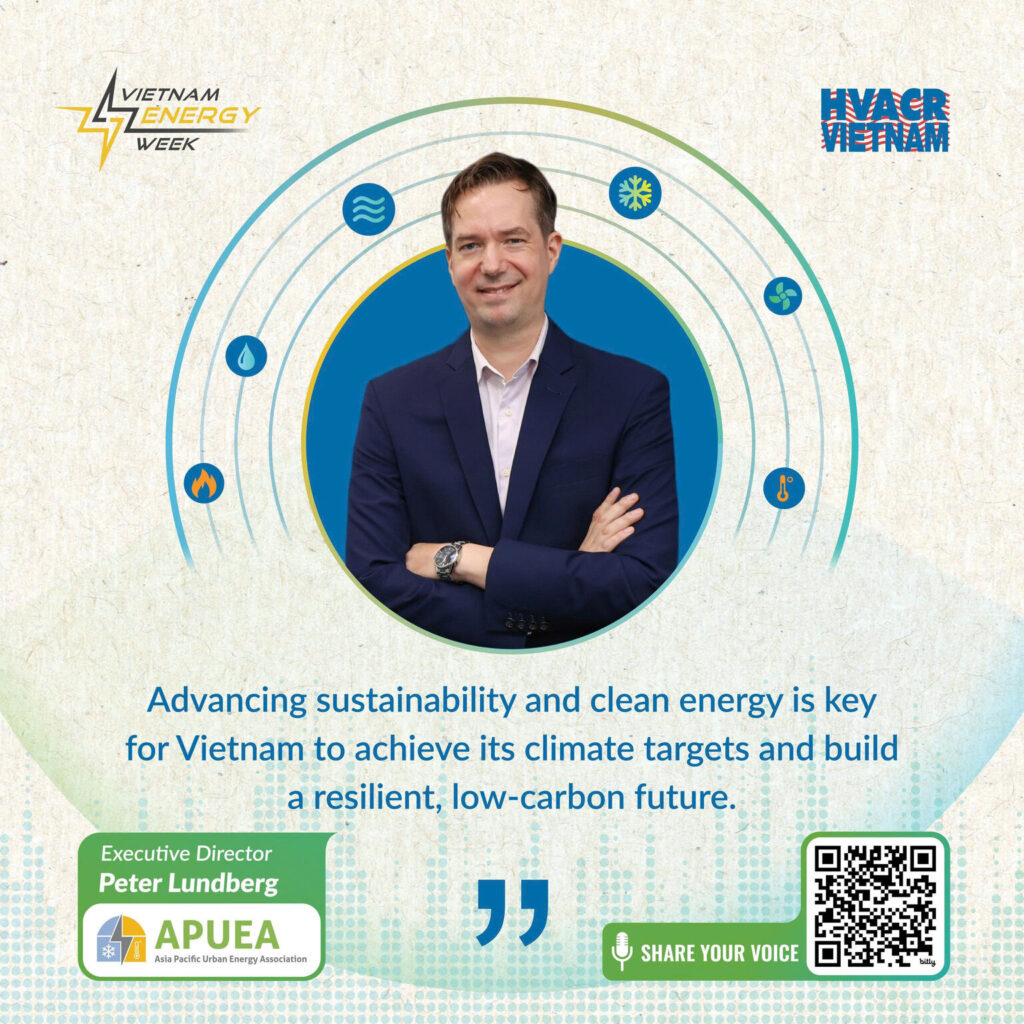
1. Can you briefly introduce yourself and the mission of the Asia Pacific Urban Energy Association (APUEA)?
Peter Lundberg: My name is Peter Lundberg, and I am the Executive Director of the Asia Pacific Urban Energy Association (APUEA). I am an Energy Engineer originally from Sweden, with over 20 years of experience in the energy sector across Sweden, Europe, and Asia.
APUEA is an international energy association based in Bangkok, Thailand, with a mission to support and accelerate the development of clean and sustainable energy across the Asia-Pacific region. We support this mission through a variety of activities, including conferences and events that bring together stakeholders from both the public and private sectors to engage, exchange knowledge, and build networks.
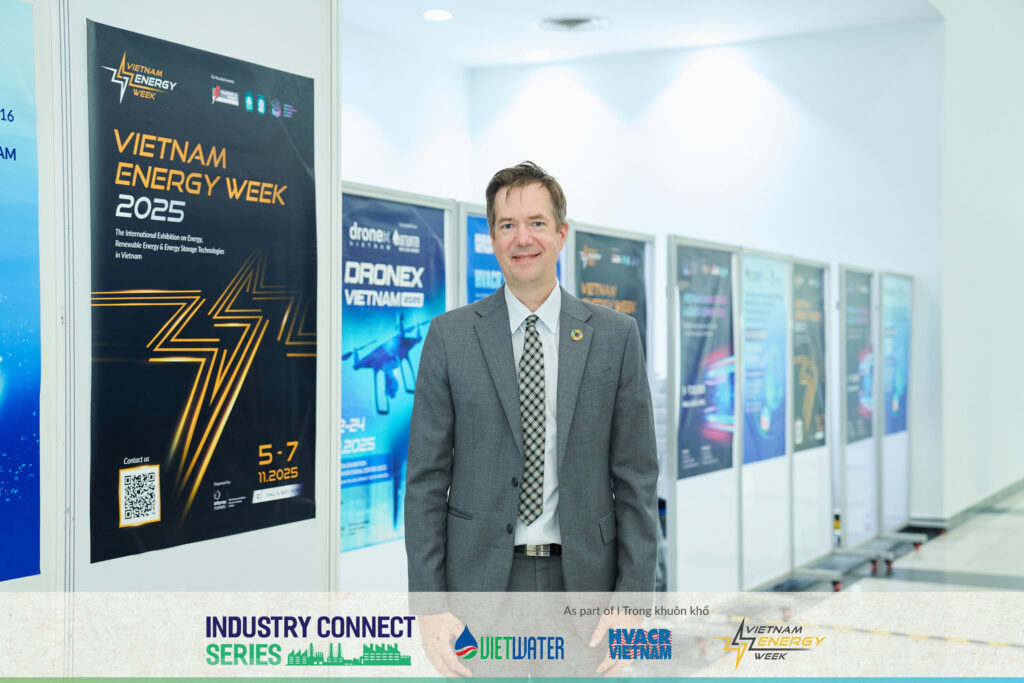
2. What inspired you to work in the sustainable energy sector?
Peter Lundberg: I started to be interested in sustainable energy early in high school, not sure why, but I guess I felt intrigued to work in the field of future energy and support the development of sustainable energy.
3. How do you define sustainable energy in the context of urban development?
Peter Lundberg: Cities occupy only 2 percent of the worlds landmass, but consume over two-thirds of the worlds energy and account for more than 70% of the worlds CO2 emissions, so cities play a vital role in the energy transition.
Sustainable energy in cities and means using energy systems that are clean, efficient, reliable, and resilient, while minimizing environmental impact and supporting long-term economic and social development. It’s not just about renewables—it’s also about how we design cities, buildings, and infrastructure to use less energy, reduce emissions, and adapt to climate change.
4. What are the main components or technologies driving sustainable energy today?
Peter Lundberg: Today’s sustainable energy landscape is driven by a mix of technologies working together. Renewable energy—especially solar and wind—continues to expand rapidly. Energy storage solutions like batteries are becoming more critical for balancing supply and demand. On the demand side, energy efficiency improvements in motors, appliances, and building systems are essential. District energy, particularly cooling and heating networks, plays a major role to increase energy efficiency, intigrate more renewable energy, reduce leakage of refrigerants, and reduce the heat urban island effect. Smart technologies like IoT, AI, and energy management systems are enabling better control and optimization of energy use in cities.
5. How does sustainable energy contribute to achieving the UN’s 17 Sustainable Development Goals?
Peter Lundberg: Sustainable energy is a cornerstone of the SDG. It directly supports SDG 7—Affordable and Clean Energy—but it also drives progress in many others. It helps reduce poverty (SDG 1) by lowering energy costs and boosting productivity, improves health (SDG 3) by reducing air pollution, and supports education (SDG 4) through reliable electricity access. It’s vital for economic growth (SDG 8) and climate action (SDG 13), and it plays a role in gender equality (SDG 5) by improving access to energy for women and girls. Energy is cross-cutting—without it, progress on most of the SDGs would stall.
6. What are the biggest challenges facing sustainable energy development in the Asia-Pacific region?
Peter Lundberg: The Asia-Pacific region is really diverse, and while it’s making progress, several challenges remain. Many countries still rely heavily on coal and subsidized fossil fuels, which slows down the shift to cleaner options. Financing is a major barrier—especially for newer technologies or projects in smaller cities. Regulatory frameworks can be fragmented or weakly enforced, and technical capacity is sometimes limited. Rapid urbanization adds pressure to scale up infrastructure quickly, but that often happens without enough focus on long-term sustainability. So, the region faces a complex balancing act: growing economically while cutting emissions and ensuring fair energy access.
7. What are the most promising opportunities for sustainable energy in Asia-Pacific cities today?
Peter Lundberg: There’s enormous potential across the region. Rooftop solar is one of the fastest-growing opportunities, especially in dense urban areas. District cooling and heating networks can dramatically cut energy use and emissions in commercial buildings. Retrofitting buildings with high-efficiency motors, drives, and automation systems offers quick returns. There’s also strong momentum around electrifying transport and integrating charging infrastructure with renewable energy. Digitalization—using real-time data, AI, and energy management platforms—is opening new ways to optimize systems. Perhaps most exciting is the growing investor interest in green infrastructure and blended finance models to scale these solutions faster.
8. What should be the top three priorities for Asia-Pacific countries when it comes to sustainable urban energy?
First, establish and enforce clear policies and regulations that support energy efficiency, renewable energy, and clean technology deployment—this creates market certainty and drives investment.
Second, prioritize infrastructure development, including smart grids, district energy, and resilient power systems that can handle urban growth and climate impacts.
Third, focus on education and capacity-building, not just for policymakers and engineers, but also for consumers, to encourage behavioral change and energy awareness.
When these three areas align—policy, infrastructure, and people—you create a strong foundation for to support and accelerate the energy transformation in cities.
9. What role do national and city-level policies play in accelerating sustainable energy adoption?
Peter Lundberg: Policies are absolutely essential—they set the vision, shape the market, and enable investment.
At the national level, strong targets, incentives, and standards can drive renewable energy deployment, improve grid infrastructure, and encourage energy efficiency.
At the local level, cities can mandate green building codes, pilot district energy systems, and roll out public procurement policies that favour low-carbon technologies.
The most effective strategies involve alignment between national ambitions and local implementation, supported by clear governance, financing mechanisms, and collaboration across public and private sectors.
10. What does the future of sustainable urban energy in Asia look like over the next 5–10 years?
Peter Lundberg: We’ll likely see a major acceleration in renewable energy integration, especially solar in urban areas.
Electrification of transport will grow rapidly, including e-bikes, EVs, and smart charging networks.
Cities will increasingly adopt district cooling, waste-to-energy systems, and energy storage.
Data will play a central role to, predict, and optimize energy use in real time.
We’ll also see more green finance flowing into urban energy projects, supported by stronger regional cooperation.
12. How can young professionals and the next generation contribute to building a more sustainable energy ecosystem?
Peter Lundberg: Young professionals bring energy, new thinking, and digital fluency to the table. They are not stuck in the past, and not as used our fossil fuel driven world.
They can lead innovation in startups and R&D, drive sustainability inside large organizations, and also help to push for better policies through advocacy and civic engagement.
I think it is very important to support education to make students aware of the potential of sustainable energy and what solutions that is out there so that they become interested to take part. in the energy transition. One day in the near future, they will be decision makers also.
13. How can stakeholders engage with APUEA or support your mission?
Peter Lundberg: At APUEA, we offer a wide range of activities that support stakeholders across both the public and private sectors. These include conferences, workshops, and seminars—around 10 events annually—held in various countries across the Asia-Pacific region.
Our events provide valuable speaking and networking opportunities, bringing together energy experts, investors, and policymakers to share insights support collaboration, and project development
In addition to events, we offer advocacy, marketing services, and market intelligence to further support our members and partners.
As a neutral platform, APUEA plays a vital role in facilitating dialogue between the public and private sectors—enabling discussions on collaboration, policy, regulation, and other key issues. These forums are essential in driving and accelerating the energy transition in the APAC region.
Conclusion
Through his sharing, Mr. Peter Lundberg emphasized the importance of regional cooperation in the energy transition and offered strategic perspectives on the future of energy in the Asia–Pacific region.
In the next episode, Mr. Peter will turn his attention to the Vietnamese market – a place full of both opportunities and challenges, yet rich in potential for businesses to thrive. These insights will undoubtedly be ones that the local energy community cannot afford to miss.
And most importantly, all these stories, trends, and directions will be further continued and explored in depth at Vietnam Energy Week & HVACR Vietnam 2025. This is not just an exhibition – but a valuable occasion for us to meet, connect, learn from one another, and jointly shape a sustainable energy future in Vietnam.
👉 Don’t miss the chance to join the event to directly listen, connect, and share knowledge with leading industry leaders and experts.


